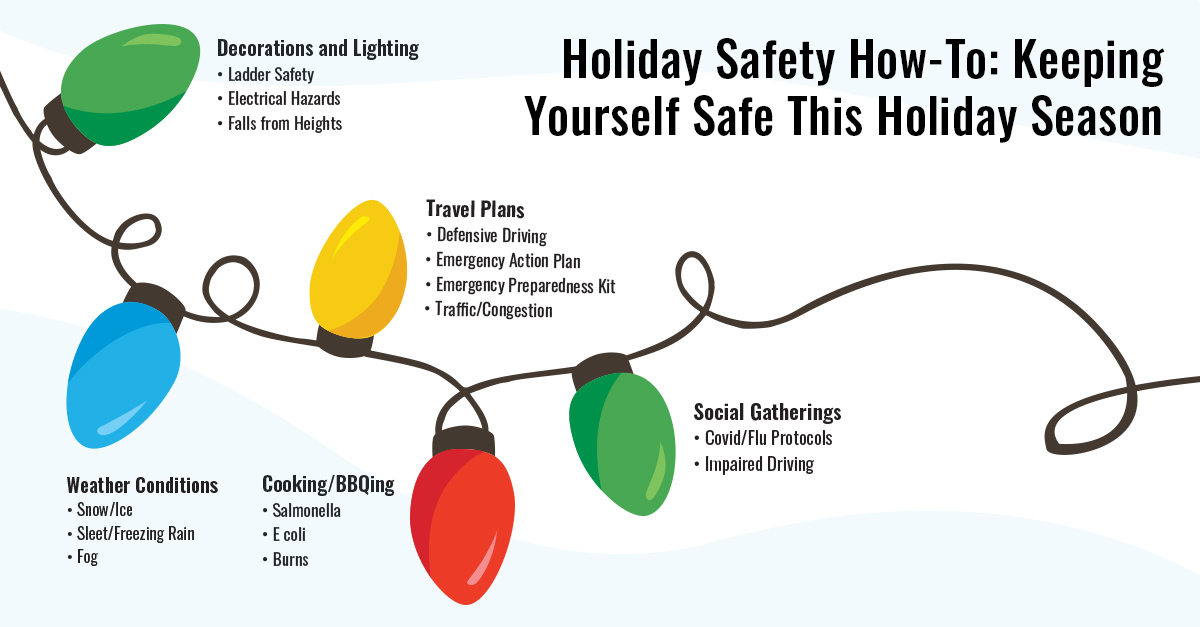As winter sweeps in, Summit would like to take the time to remind everyone to keep safety in mind as they prepare for the Holiday season.
We know this isn’t the most festive topic. Most of us are likely already in the midst of seasonal chaos, be it shopping, planning, traveling, decorating, hosting dinners, going on family outings, or even just engaging in merriment and good cheer.
Please remember that this is not an exhaustive list of safety recommendations. This list is merely a collection of tips regarding common hazards that some may find helpful to keep in mind.
Decorations and Lighting
Whether you’re outside putting up lights or stringing up decorations in the comfort of your own home, it’s always good to remain aware of the hazards that come with setting up for the season.
Ladder Safety and Falling From Heights
According to the U.S. Bureau of Labor Statistics, ladders are the most common source of falling-related injuries. Fortunately, injuries from falling are preventable hazards.
When you are using a ladder, be sure to check that it is planted firmly on level ground and that all of the hinges, locks, and bolts are tightly in place.
Keep your hands free by using a belt to hold your tools and remain centered by facing the ladder to prevent falling or slipping
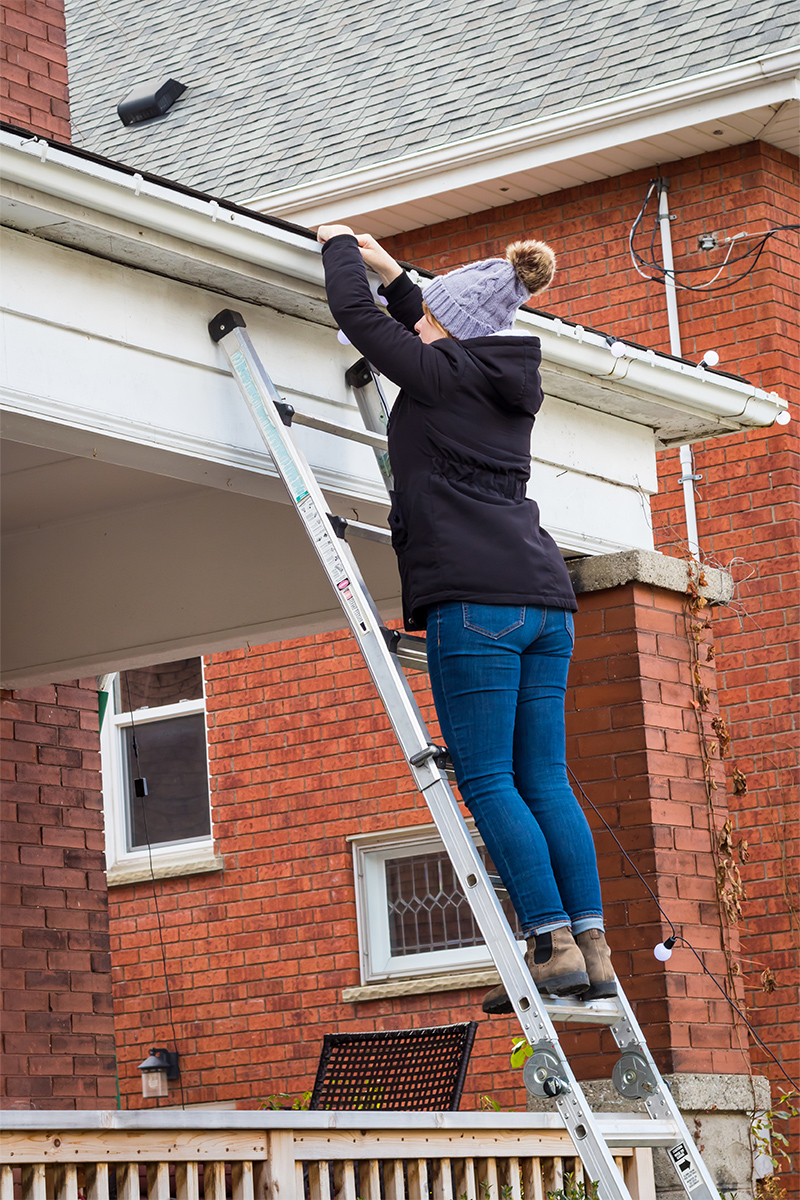
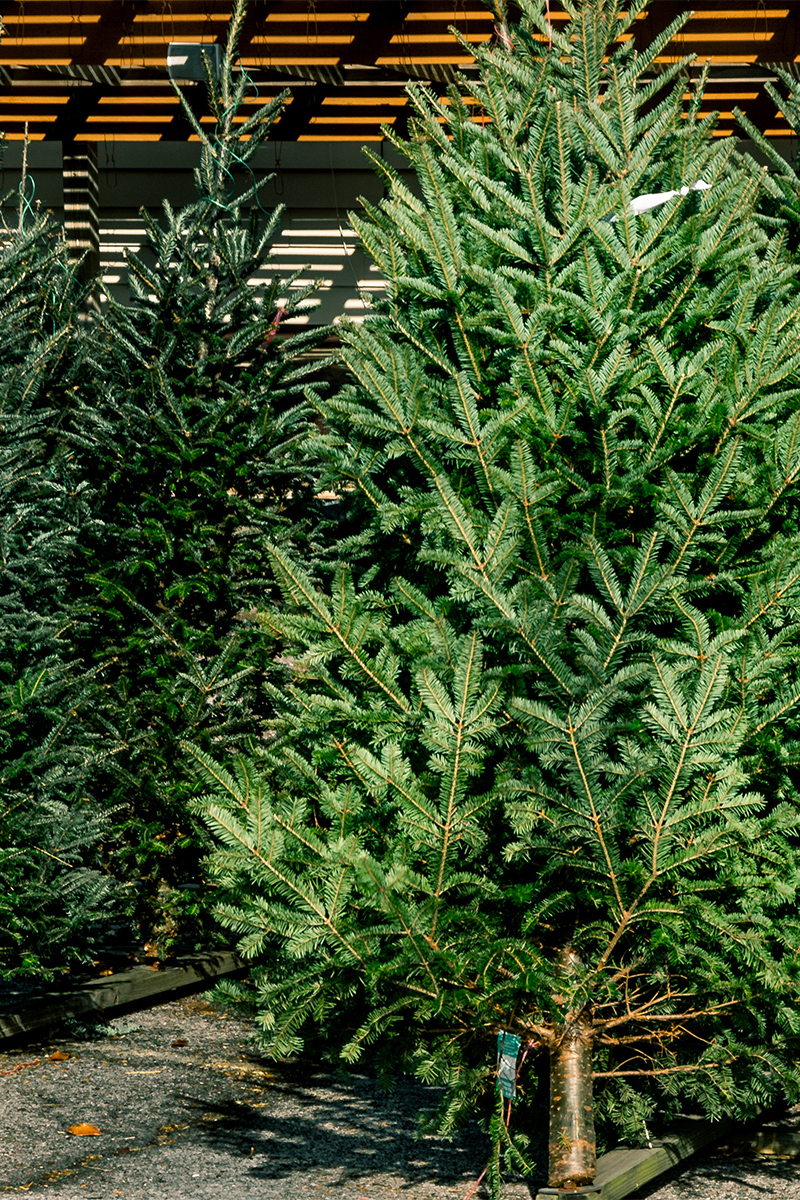
Real Trees
We’ve all seen those viral videos of Christmas trees going up in flames, but there’s a real hazard to the trees we use to decorate our homes. The National Fire Research Laboratory estimates over 200 fires per year can be attributed to Christmas trees.
The good news is that a well-hydrated tree is much less likely to burn. Be sure to keep those real trees hydrated by topping off the water in their stand!
Electrical Hazards
The Lights we use to brighten up our long winter nights can also cause electric shocks, fires, and even minor explosions if not treated carefully.
To avoid unnecessary fire hazards, ensure that your lights are in good condition and approved for outdoor use before hanging them up. Read the manufacturer’s instructions carefully before stringing too many light strands together to prevent going over the recommended wattage.
Keep children and pets away from cords and outlets, and turn the lights off when you leave the room or go to bed.
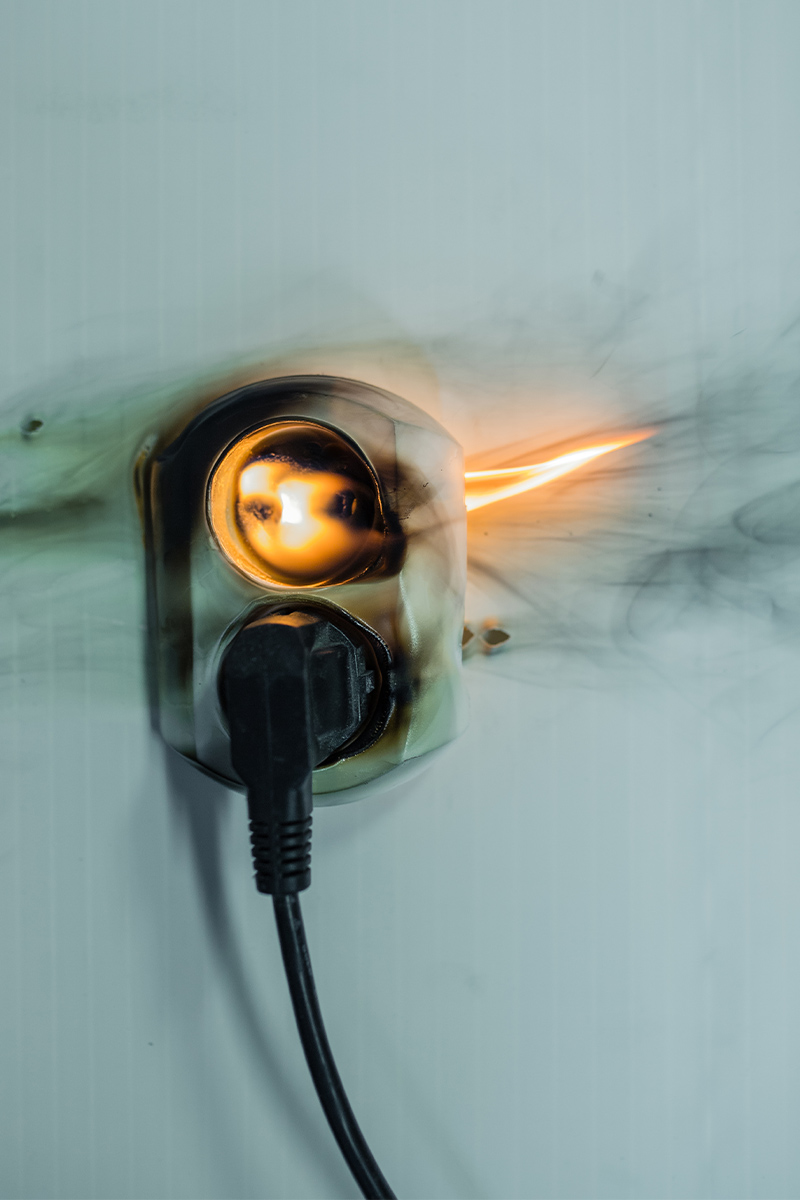
Travel Plans and Holiday Gatherings
Oftentimes, safety considerations while traveling fall to the wayside at the promise of seeing friends and loved ones, However, it always pays to be prepared for an emergency while traveling, be it across the country or simply across town.
Travel By Car
Before traveling, ensure that your vehicle is safe to drive, that your tires are in good condition, and that there are no outstanding recalls on your vehicle.
Make an Emergency Action Plan and keep an Emergency Preparedness Kit on hand to ensure that you are prepared for any situation. If you need ideas, consider taking a look at Ready.gov’s Build a Kit Guide.
As snow, sleet, fog, and ice become a frequent hazard on our roads and driveways, opt to drive safely and defensively. Keep your eye out for impaired drivers and other road hazards. Never drive when you are impaired, which includes drowsiness. Wherever you’re going can wait!
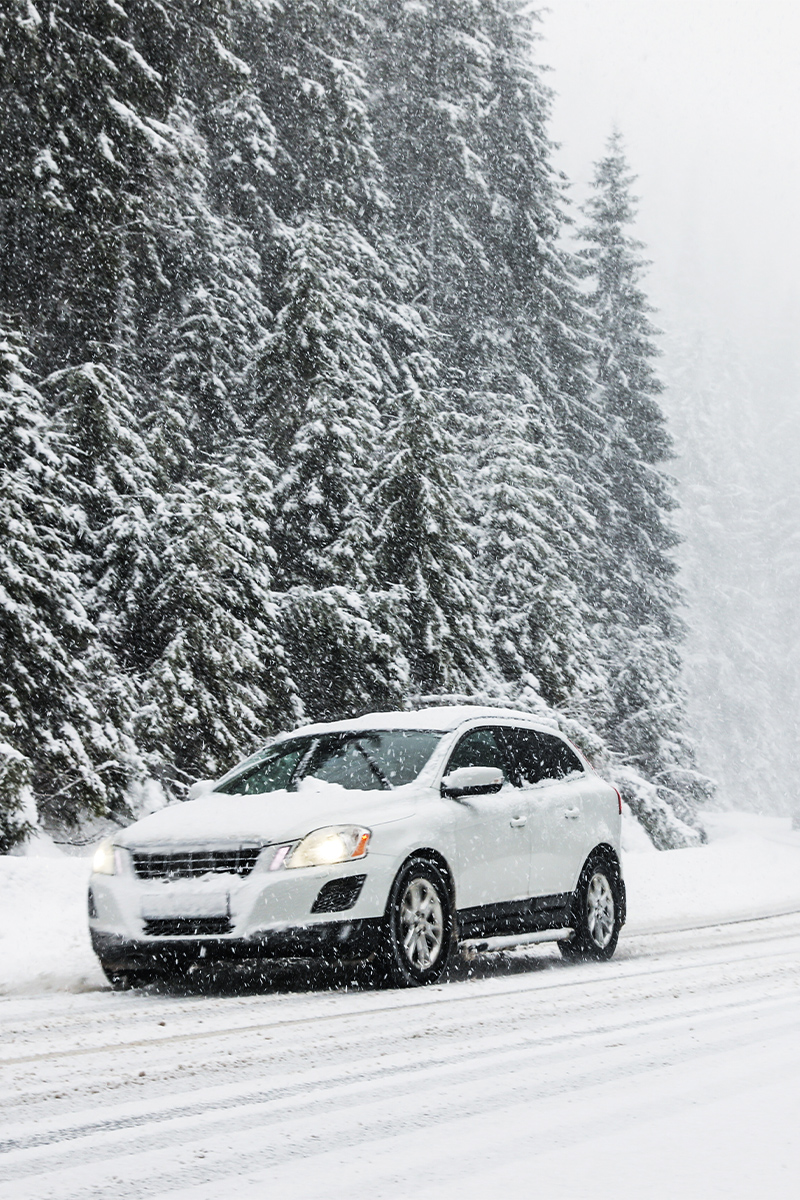
Remember: Accidents happen, but they are preventable. The National Highway Transportation Safety Administration (NHTSA) found that human error accounts for anywhere between 94% to 96% of all auto accidents. The best way to avoid a collision is to keep your distance, remain alert and aware of your surroundings and fellow drivers, and avoid distractions that might take your eyes away from the road.
Travel By Plane
Make sure that you are up-to-date on the Covid and Flu protocols for your destination, and avoid contact with individuals who display any symptoms.

Weather Conditions
Winter brings a whole host of new issues with it, not the least of which include black ice, sudden snow squalls, sleet, fog, and the dreaded car that doesn’t start in the cold.
Driving under the threat of these conditions may seem alarming, but there are many steps we can take to minimize the risks posed to ourselves and our vehicles.
Car Safety
As we mentioned above, your first step should be to verify that your car is safe to drive. Keep your gas tank at least half full in case you find yourself stranded. Check your tires and headlights, keep your safety inspections up-to-date, and check to see if there are any safety recalls out on your vehicle.
The National Safety Council has a tool to help you check for recalls using your license plate or VIN number; if your car has a recall, take it in as soon as possible to address the hazard.
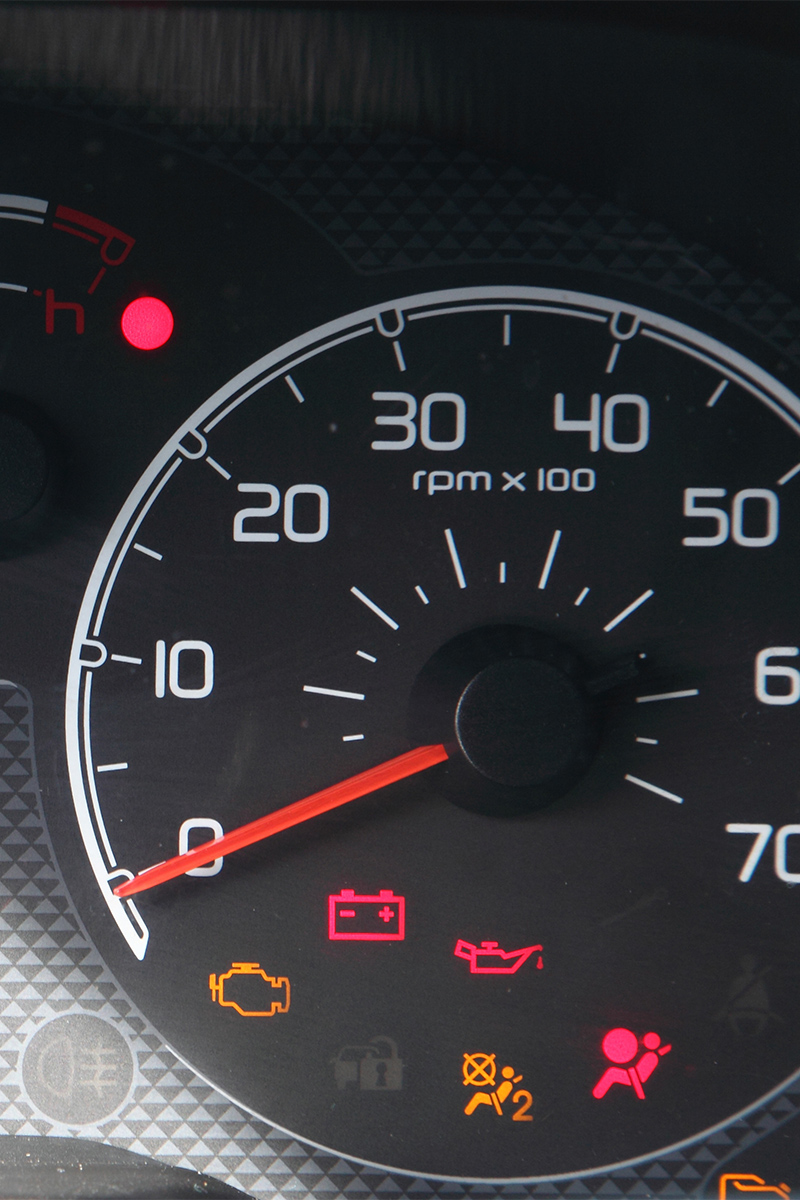
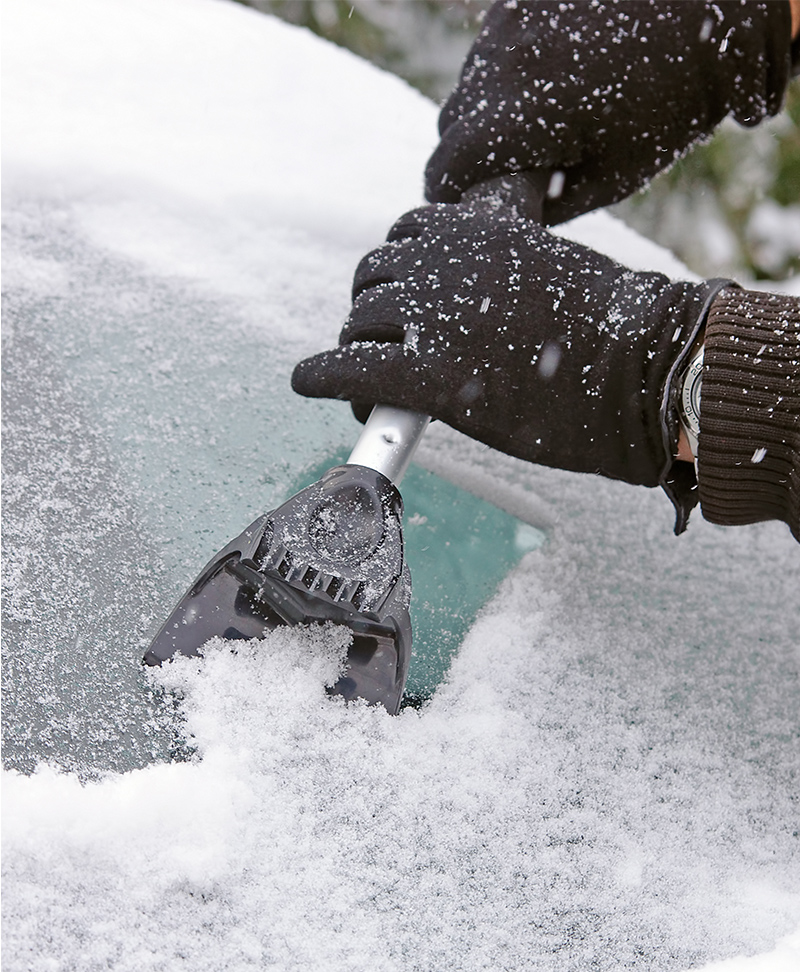
Before You Drive
Brush all of the snow off of your car and scrape off any ice on your windshield. When you are warming up your car, be sure to do so in an open-air space to prevent dangerous carbon monoxide buildup.
Always check your destination before you go and allow extra time in the weather is inclement. If it looks as if the road or weather conditions may be extreme, say home if at all possible.
Heating Your Home
The CDC recommends that you do not turn on the stove to stay warm. Instead, you should use sleeping bags, blankets, or an up-to-code fireplace with dry firewood. Electric space heaters with automatic shut-off and non-glowing elements are also a safe way to keep your home heated when the weather is severe.
If you are using a fireplace, wood stove, kerosene heater, or any other combustion heater, make sure that you have proper ventilation and that gas does not leak into your space. As always, keep all forms of heat generation away from fire hazards, such as curtains or blankets, and never cover them with a cloth or other materials.

Power Failures
Use battery-powered flashlights or lanterns instead of candles, if possible. Only use generators outside to prevent carbon monoxide poisoning, and never use them inside or in enclosed spaces, including your garage. Wear layered clothing to retain body heat.
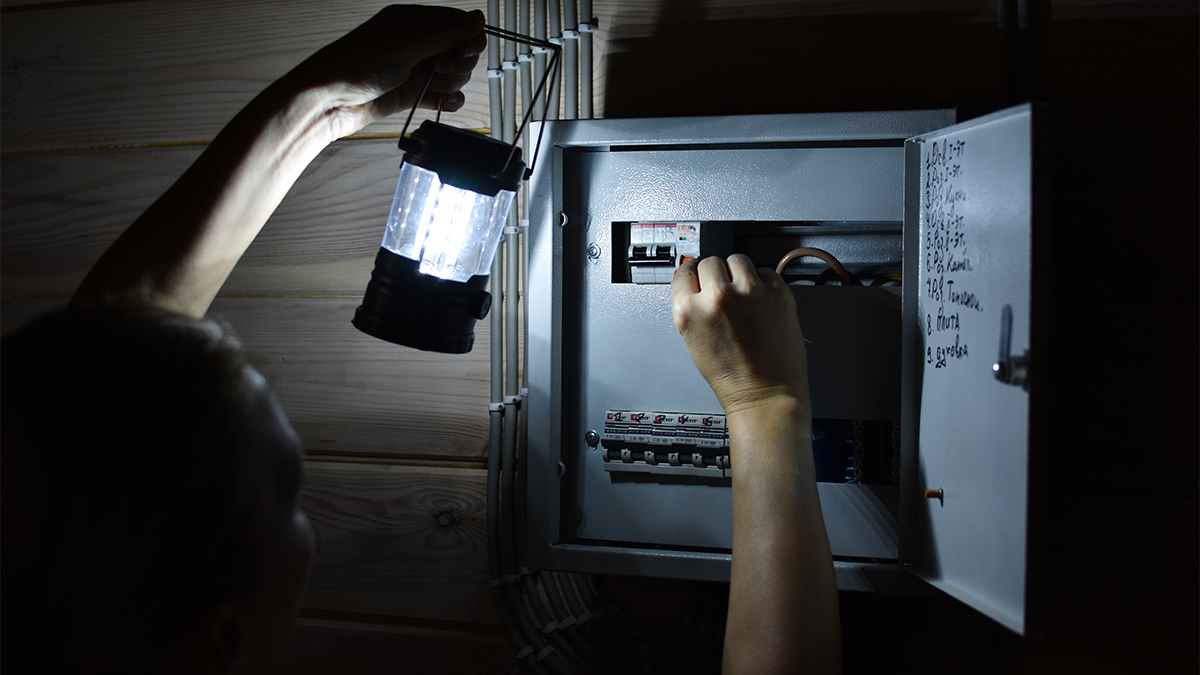
Extreme Cold
If extremely cold weather is a threat in your area, prepare early. Keep flashlights, warm clothes, extra food and water, any medication or specialty gear, and a first aid kit well stocked up in case of emergencies. Use a weather radio to receive updates. Use towels or cloth to block off drafts or spaces underneath doors to prevent color air from circulating in your home.
Leave all water taps slightly open so that they drip consistently to prevent pipes from bursting. If your pipes do freeze, do not thaw them with water! If possible, use an electric hair dryer to reheat any pipes.
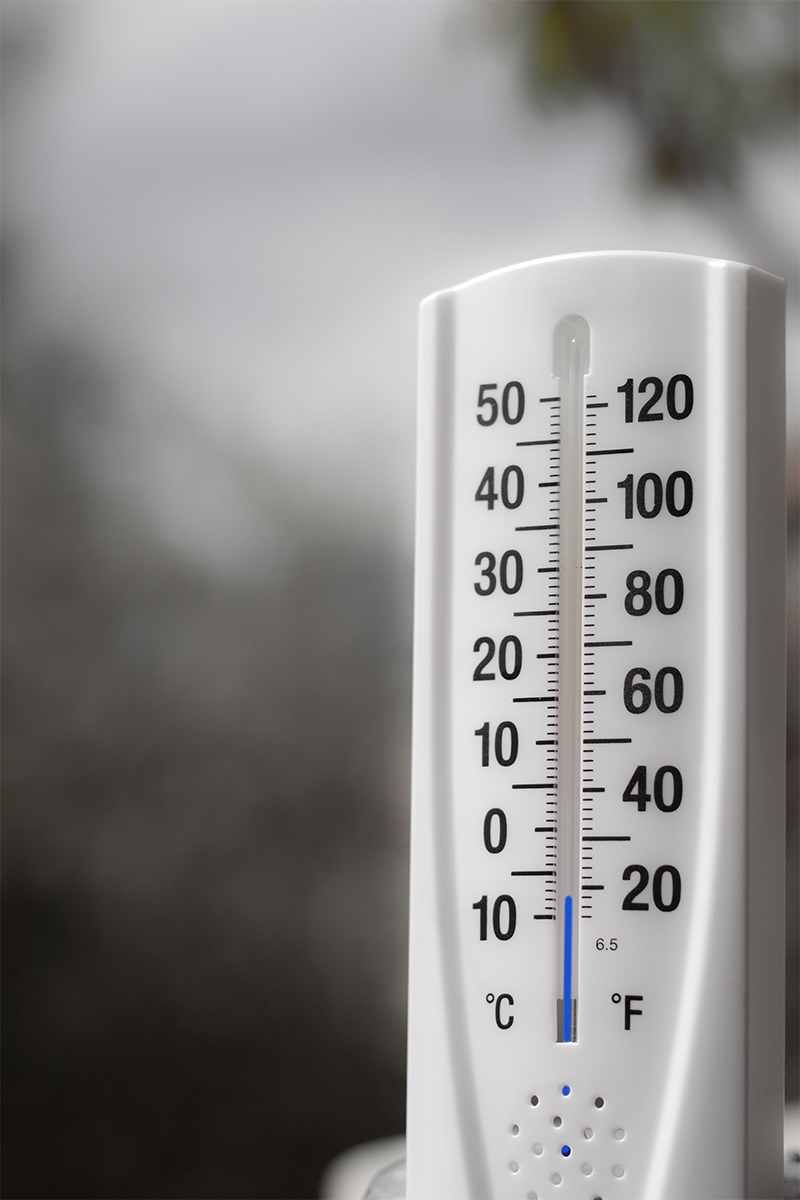
Food Safety
Finally, as we all prepare our holiday dinners, lunches, snacks, and brunches, make sure to adhere to food safety best practices.
E Coli, Salmonella, and Foodborne Illness
To prevent bacterial contamination, be sure to wash your hands often with soap and water. Make sure to follow the four steps of food safety: Clean, Separate, Cook, and Chill.
Use a food thermometer to check the internal temperature of meat and prevent cross-contamination by thoroughly washing and sanitizing your surfaces and cooking utensils, especially after working with raw animal products.
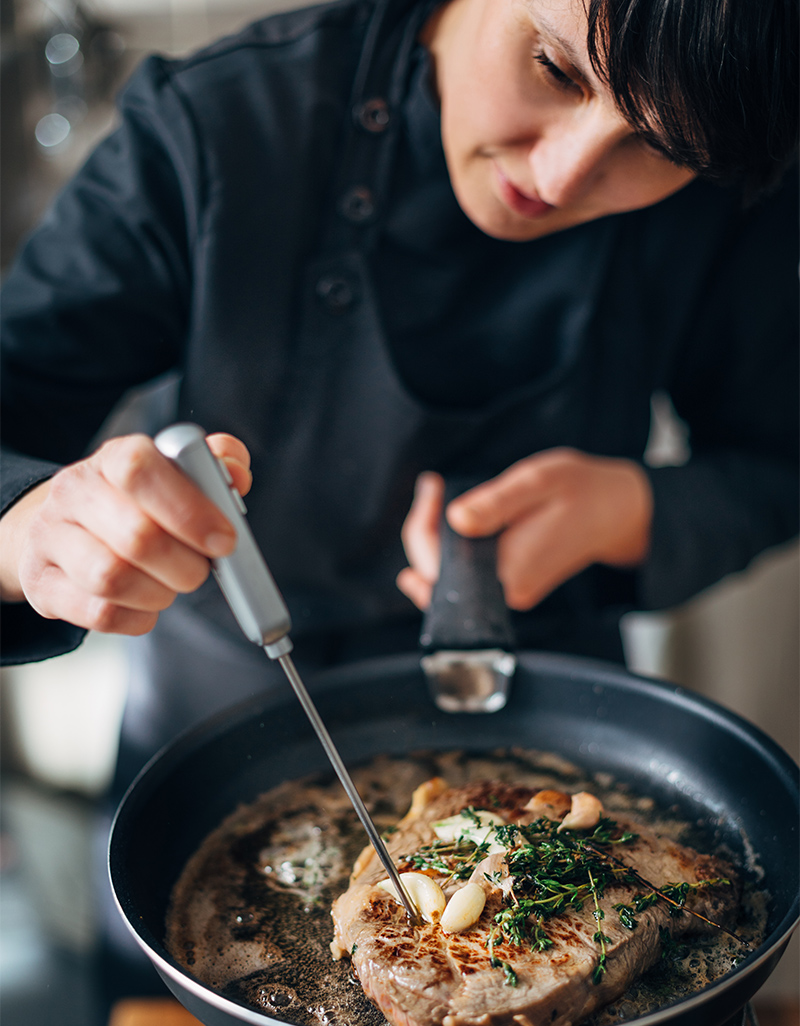
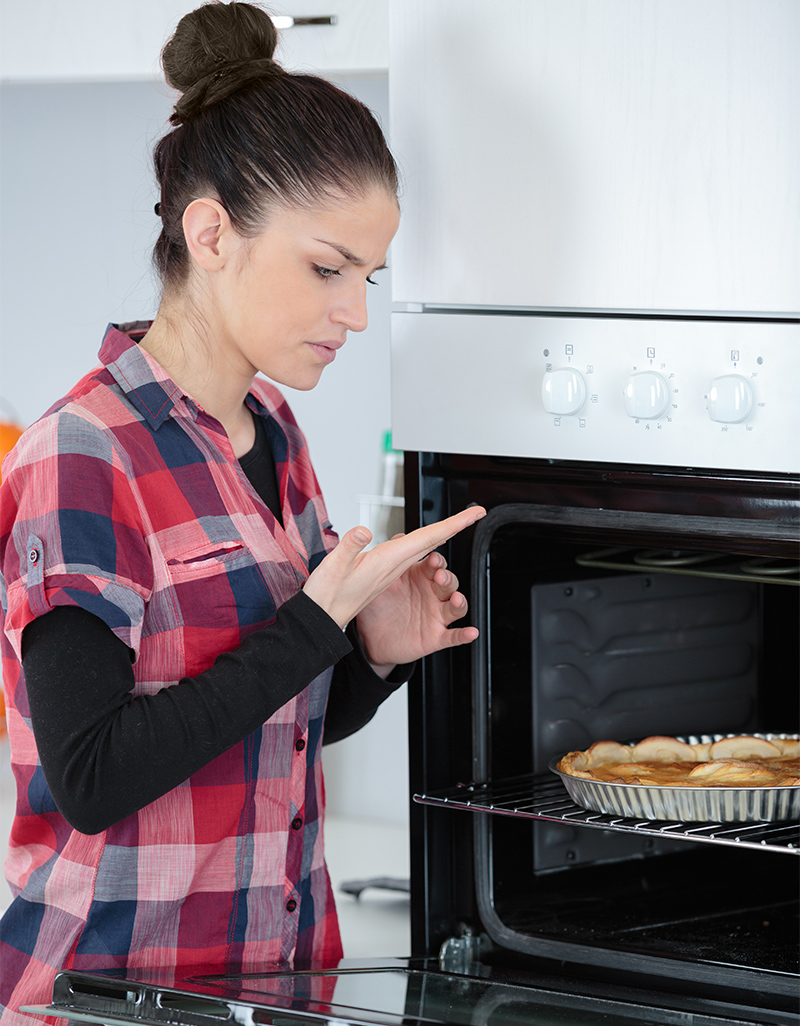
Burns
Burns vary in severity and can be difficult to treat. While major burns will need emergency medical help, minor burns can often be treated with medical supplies you can find in a well-stocked first aid kid. If someone you know has burned themselves, cool the burn by holding it under cool (but not cold or icy) running water; if that is not possible, use a cool, wet cloth instead.
Clean the area around the burn and apply aloe vera, cocoa butter, or another safe lotion before bandaging the burn. NEVER break blisters, which help fight infection.
If the burn shows symptoms of being more severe, call emergency services. Mayo Clinic claims that signs of a significant burn include burns that are deep or involve all layers of skin; burns that are larger than 3 inches; burns that leave skin charred, blackened, or white; and burns that cause the skin to feel leathery or overly dry.
Conclusion
Safety is everyone’s concern. It can be overwhelming to try and keep all of these tips in mind, but incorporating these simple steps into your winter routine can help you build safety-conscious habits. Taking steps to avoid preventable safety hazards can help cultivate peace of mind –something we could all benefit from as we approach the end of the holiday season.
